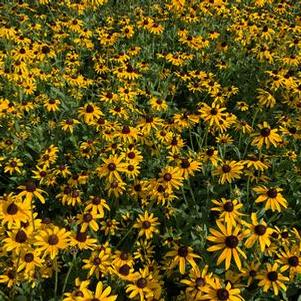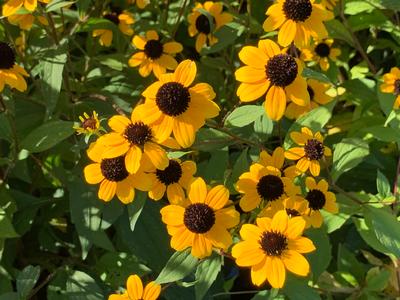
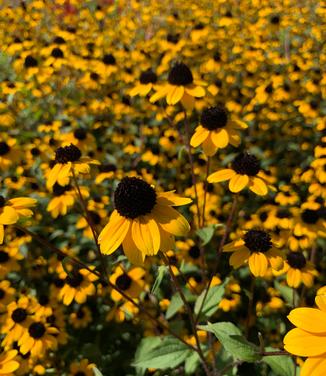
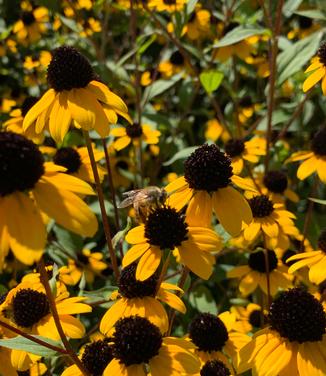
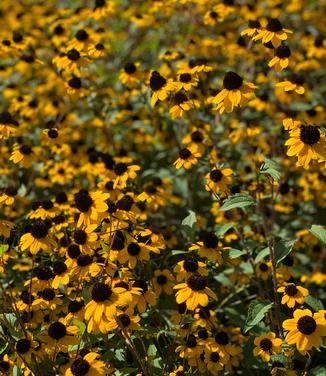
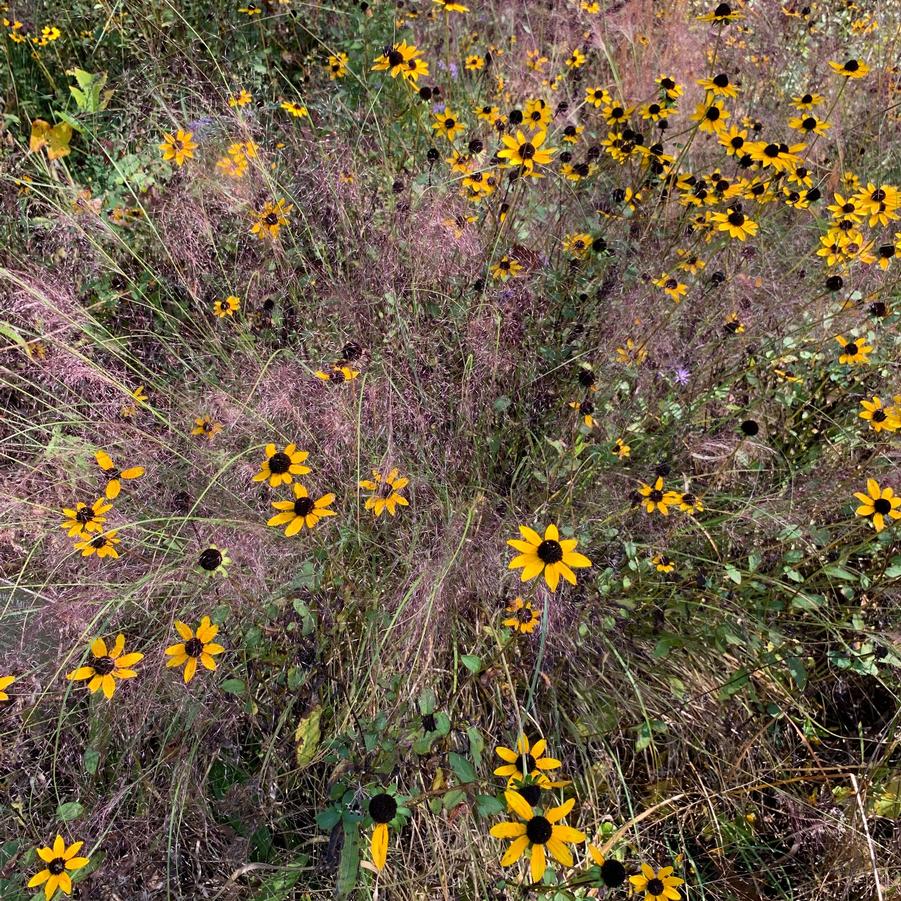
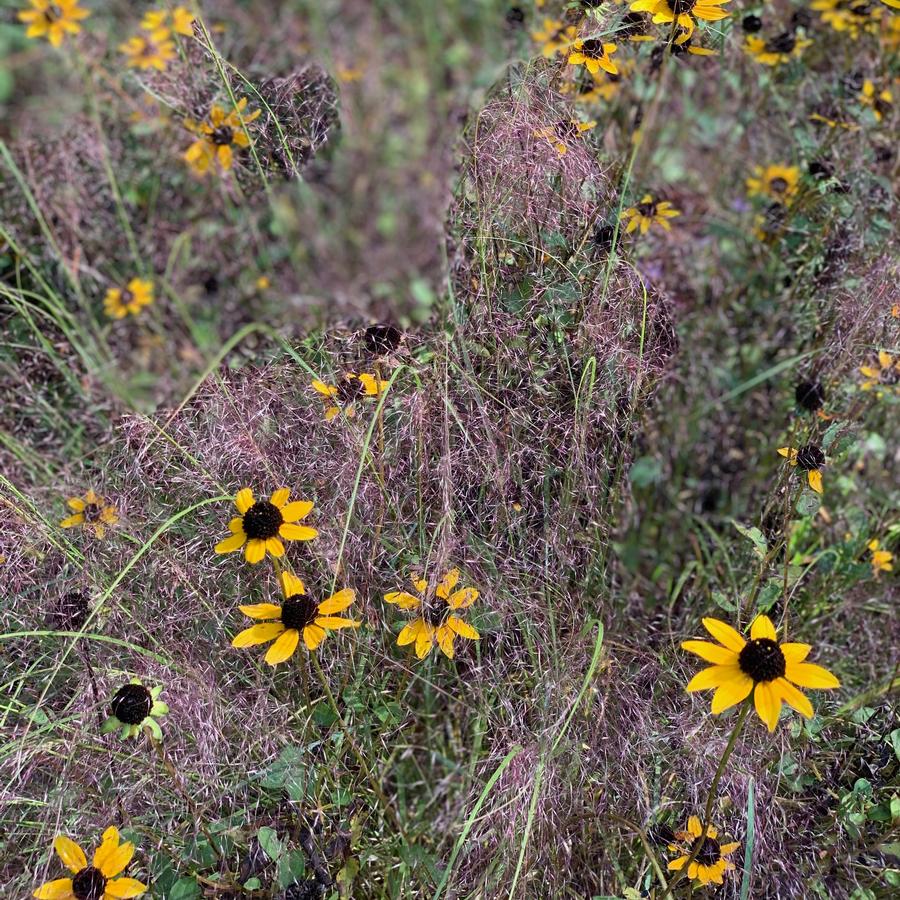






Rudbeckia triloba
Three-lobed Coneflower
Rudbeckia triloba is an herbaceous perennial native to the Central-Eastern region of the United States, often found inhabiting damp streambanks, wet woodlands, and areas of disturbance. Tough as nails and able to naturalize easily in many different environments, Rudbeckia triloba, also known as Brown-Eyed Susan, is ideal for the native pollinator garden, low meadow plantings, or anywhere that it is permitted to clump and spread by both rhizome and seed. Sunflower-like blooms with golden yellow ray petals and dark brownish black centers appear in late summer and bloom into fall, beginning in mid-July and showing off well into early October. The flowers of Rudbeckia triloba, which make excellent additions to fresh summertime arrangements, are known to be larger than those of Rudbeckia hirta, Three-lobed Coneflower, despite sharing very similar common names. As its botanical name suggests, the medium green foliage takes on a lobed appearance towards the base of the plant. During winter, small basal foliage persists as an attractive groundcover, making it a suitable option for the winter garden for some low-growing color. If seedheads are left to persist as winter texture, hungry American goldfinches and small mammals will pay a visit. Despite its relationship with native wildlife, Rudbeckia triloba is fairly deer resistant, and also tolerates period of drought, making it a hearty consideration for even the toughest spots. This species is a larval host for Silvery Checkerspot and Wavy-lined Emerald caterpillars.
- Category: Perennials
- Hardiness Zone: 4
- Height: 30 Inches
- Spread: 14 Inches
- Bloom Color: Yellow
| Qty | Description | Comments | Future Crop | Future Crop Ready Date | |
|---|---|---|---|---|---|
| 41 | Rudbeckia triloba #1 (NATIVE-yellow, biennial) | Login for pricing |

